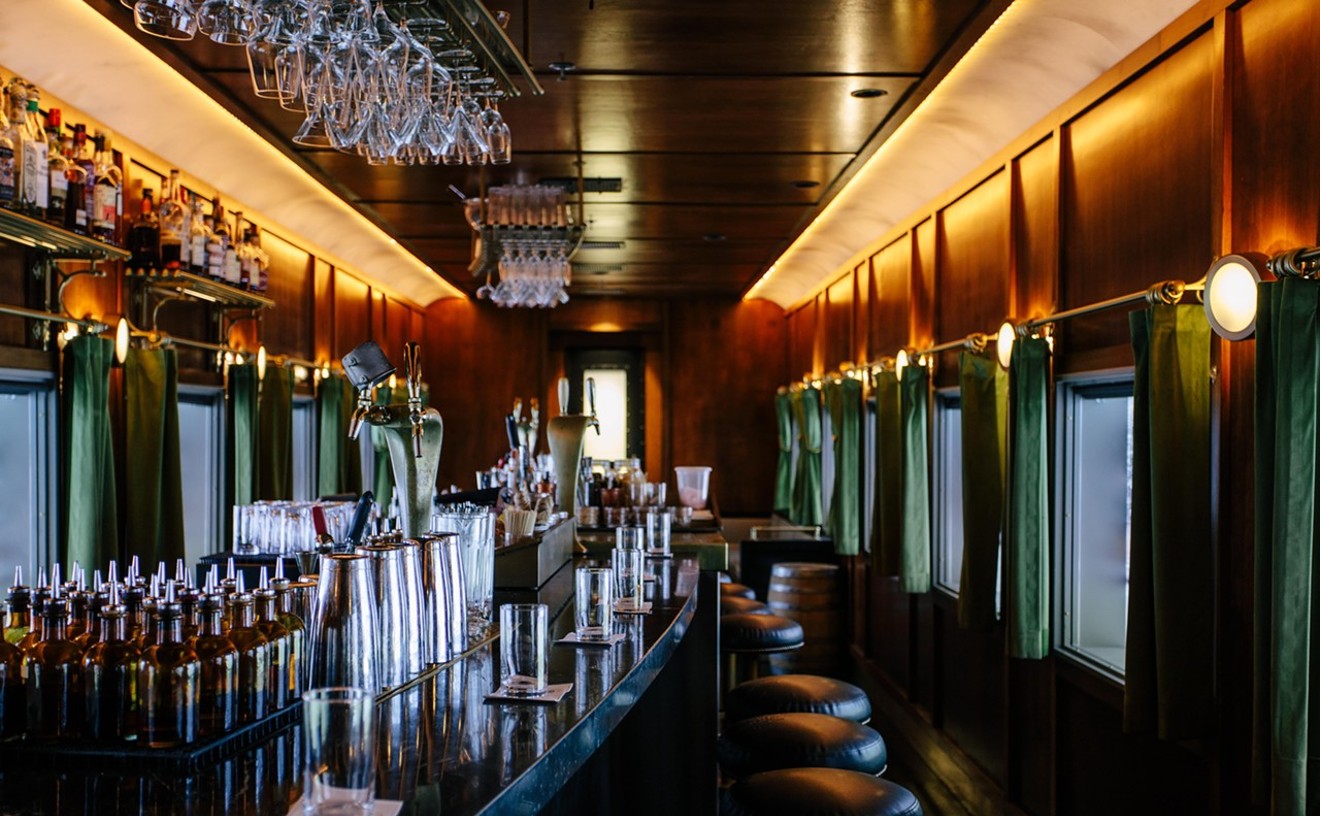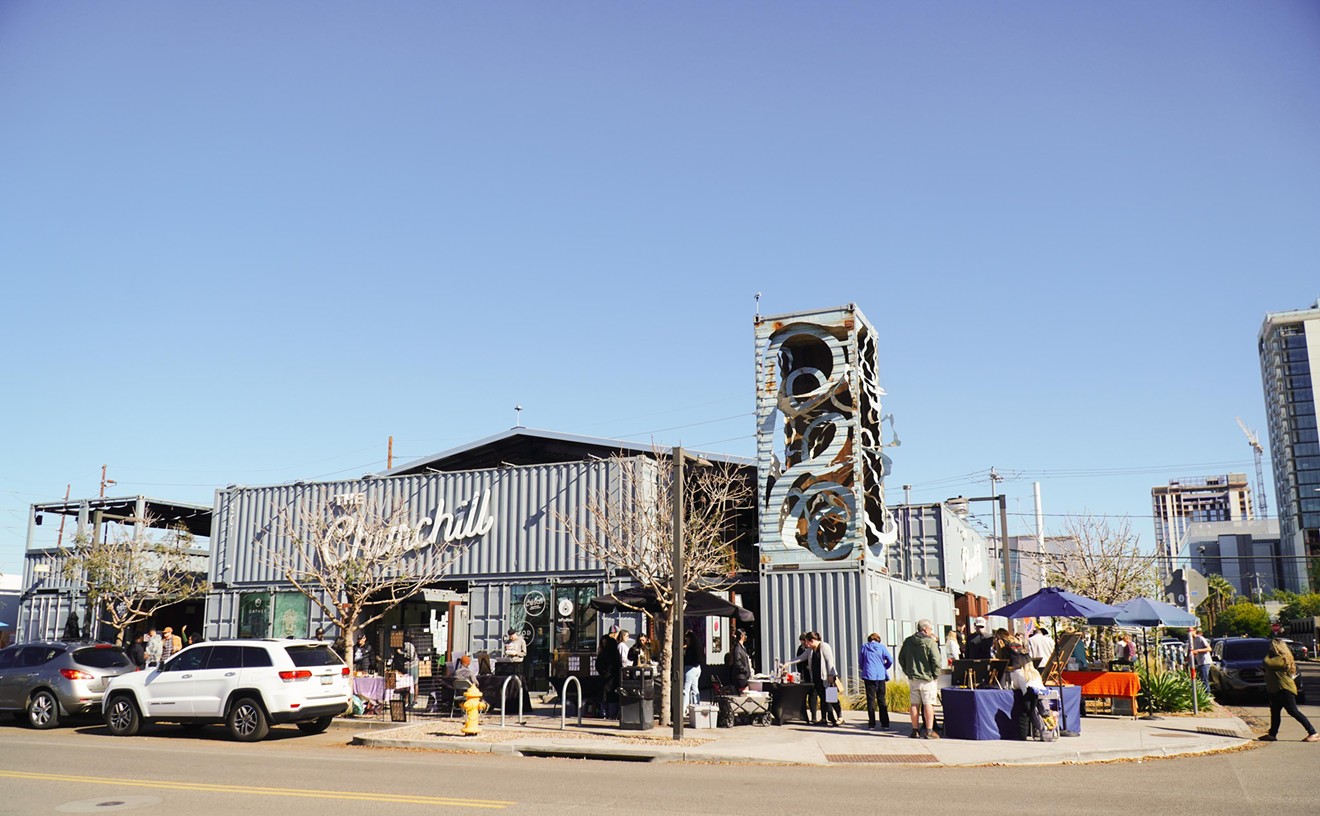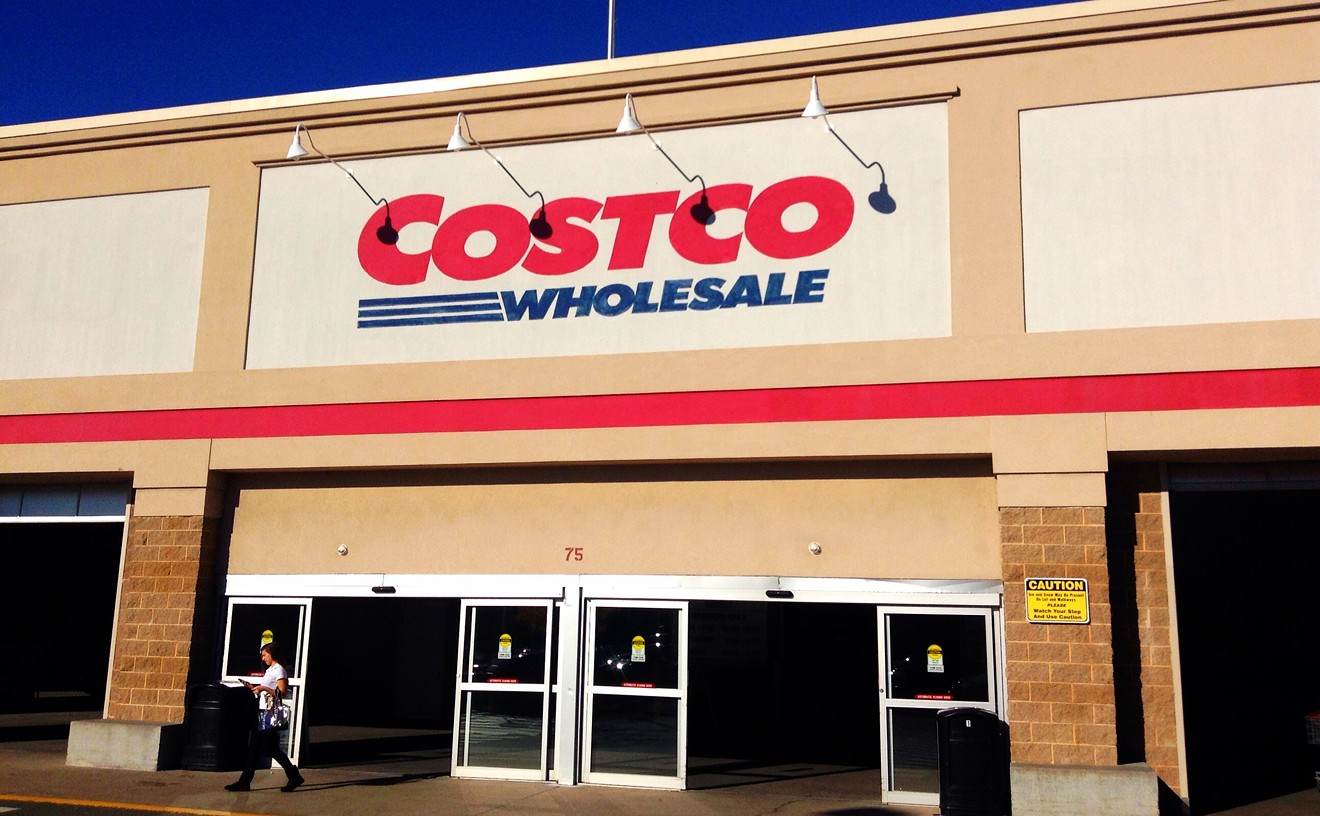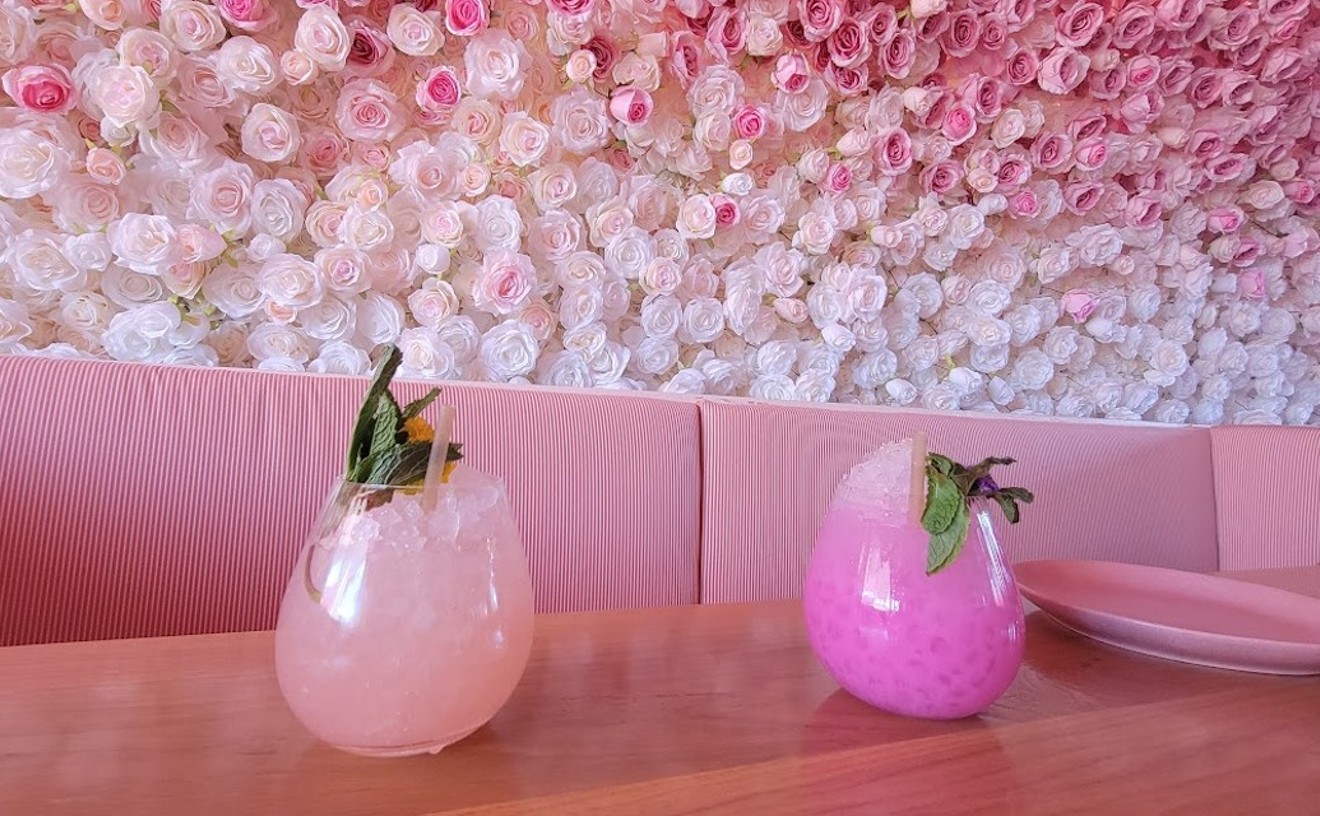New year, new you — new hobbies. In the 2016 edition of Project PHX, our annual how-to guide, we're here to help with DIY projects that range from doable to dreamy. Learn how to build a tiny house and make your own chocolate. Become an embroidery artist, publish your first novel, and maybe dye your hair gray (or not).
Chocolate-making is a lost art, Jim Elitzak says. It's also a messy one. When his wife, Maureen, with whom he co-owns Zak's Chocolate in Scottsdale, announced that she was going to start making her own chocolate, grinding beans by hand and using hair dryers to blow cocoa shells, he balked.
"I said, 'I will never do that. No, thank you,'" he remembers. Jim since has changed his mind: The couple opened Zak's Chocolate in a small Scottsdale storefront last spring. There, they create organic single-origin chocolate bars and sweets made from their own bean-to-bar chocolate. Everything is done by hand: the roasting, the separating, the melting. Even the paper each chocolate bar comes wrapped in is handmade.
The business began as a hobby for the pair, who previously worked in accounting and finance. After their kids headed off to college, the couple returned to metro Phoenix from Boston (they'd both lived here when they were younger) in search of a new adventure.
"We'd made holiday treats for family and friends," Jim says, "And it got to where every year our house would turn into a chocolate factory at Christmastime." One year, newly obsessed with eating right, Maureen went looking for organic chocolate to work with. When she did finally score some, it tasted awful. She figured she'd better start making her own.
The couple took classes and got professional chocolatier certification. They attended chocolate conferences and visited chocolate makers like French Broad in Asheville, North Carolina, who pointed them to the best equipment to buy and the better approach to explaining chocolate to customers.
Today, Jim does much of the chocolate making, while Maureen is the family chocolatier, making bars and brownies and other confections from Jim's chocolate. The scale of the equipment they're using at the shop is grander than the grinders and dryers they were using at home, and it's changed the flavor of some of the couple's recipes. They worked hard to match the creamy taste of the milk chocolate they used to make, back when they were using hair dryers and store-bought blenders and bowls.
Chocolate is typically made from cacao nibs, sugar, and cocoa butter, all of which, if you're the Elitzaks, has to be organically processed onsite before it becomes something you'd recognize and want to put into your mouth. At Zak's, beans from Peru, Belize, and Madagascar are stored in a climate-controlled room where Jim hand-sorts them to remove inferior beans. The good ones are then slow-roasted in a modified coffee roaster, a giant machine of big, silver cylinders that looks like it's meant to mix cake batter. Once the beans are roasted, still more industrial apparatuses begin to click and whir, beginning with a winnowing machine the Elitzaks built themselves. It cracks open roasted beans, separating the nibs from the husks that are whisked away by a vacuuming device. The nibs, known as cocoa powder and used to make chocolate, are pulverized and then ground into liquid form with stone wheels that resemble the landing gear of a jet airliner. This is the point at which the whole mess starts to look like chocolate: Jim adds organic sugar and homemade cocoa butter (skinny tubes that look kind of like Tootsie Rolls) with a grinding device like an automobile carburetor, out of which creamy liquid chocolate happens. Several hours later, the mixture is moved to a conching machine, another automated metal bowl, where it's heated and gets creamy again. In another big metal bowl, the chocolate gets tempered, which makes it shiny. The whole shebang gets set aside to age for a week or two and, once they're hardened, the bricks of chocolate are aged for several weeks and later melted for use in making confections.
"It's a long process that takes about two weeks from beans to bar," Jim says. He and Maureen insist that making chocolate at home is an option for hobbyists and beginners, and that all the big machines are great but not necessary for your own kitchen cocoa bean processing.
Maureen recommends that beginners start with chocolatiering and making chocolate only after they've mastered the use of molds and making things from pre-processed bars. The couple offer classes in confection- and chocolate-making, as do several other candymakers and retailers like Sur La Table.
Because they make each batch from one type of cacao bean grown on a specific farm, the Elitzaks are offering what's called single-origin chocolate, allowing the different flavor profiles of each cacao to shine. At Zak's, each batch of chocolate also contains cocoa butter from the same beans, housemade on an adapted seed press. The Elitzaks are among few local chocolate makers who press their own cocoa butter.
"We're not trying to do things that haven't been done," Maureen says, "but rather things we think are interesting." Some of their specialties include bonbons made from blended chocolates and flavored with lavender or orange. They use their homemade cocoa powder in their signature brownies, and in hot chocolate.
"We want to bring attention to chocolate as a food," Jim says, "and to help people understand the social and economic issues related to it." Cocoa beans are a commodity, Maureen points out; the couple buys only fair trade beans directly from a farmer's cooperative in Belize. It's more expensive, she admits, but she knows the quality of the bean is guaranteed, and that child labor laws and sustainable practices are being adhered to by these sellers.
Maureen attributes handmade chocolate's new higher profile to America's revived interest in where food originates. "There's a whole new wave of people who care about the craft of food, the content of what they're eating," she believes.
"We don't want to be snobby or preachy," Jim says. "But we're behind other parts of the country in introducing American craft chocolate. In Portland, there are eight chocolate makers."
At Zak's, there are two. Jim is working on chocolate and coffee pairings and talking about offering high-end foods containing chocolate at their shop. Maureen has been making peanut butter cups lately and has renewed her interest in the look of the finished product. "I never liked how caramel turtles always look like a glob of caramel dipped in chocolate," she says. "So I found turtle-shaped molds I could use. I think of the finished piece of chocolate as art. It should look gorgeous and also taste good."
So, do they ever eat mass-produced chocolate, right off the shelf of local convenience stores? Jim did, recently. "I said, 'You know, we need to buy a Hershey bar because we don't remember what they taste like anymore.' I took a bite, and I was immediately reminded: They taste like wax."
[
{
"name": "Air - MediumRectangle - Inline Content - Mobile Display Size",
"component": "18478561",
"insertPoint": "2",
"requiredCountToDisplay": "2"
},{
"name": "Editor Picks",
"component": "16759093",
"insertPoint": "4",
"requiredCountToDisplay": "1"
},{
"name": "Inline Links",
"component": "17980324",
"insertPoint": "8th",
"startingPoint": 8,
"requiredCountToDisplay": "7",
"maxInsertions": 25
},{
"name": "Air - MediumRectangle - Combo - Inline Content",
"component": "16759092",
"insertPoint": "8th",
"startingPoint": 8,
"requiredCountToDisplay": "7",
"maxInsertions": 25
},{
"name": "Inline Links",
"component": "17980324",
"insertPoint": "8th",
"startingPoint": 12,
"requiredCountToDisplay": "11",
"maxInsertions": 24
},{
"name": "Air - Leaderboard Tower - Combo - Inline Content",
"component": "16759094",
"insertPoint": "8th",
"startingPoint": 12,
"requiredCountToDisplay": "11",
"maxInsertions": 24
}
]










